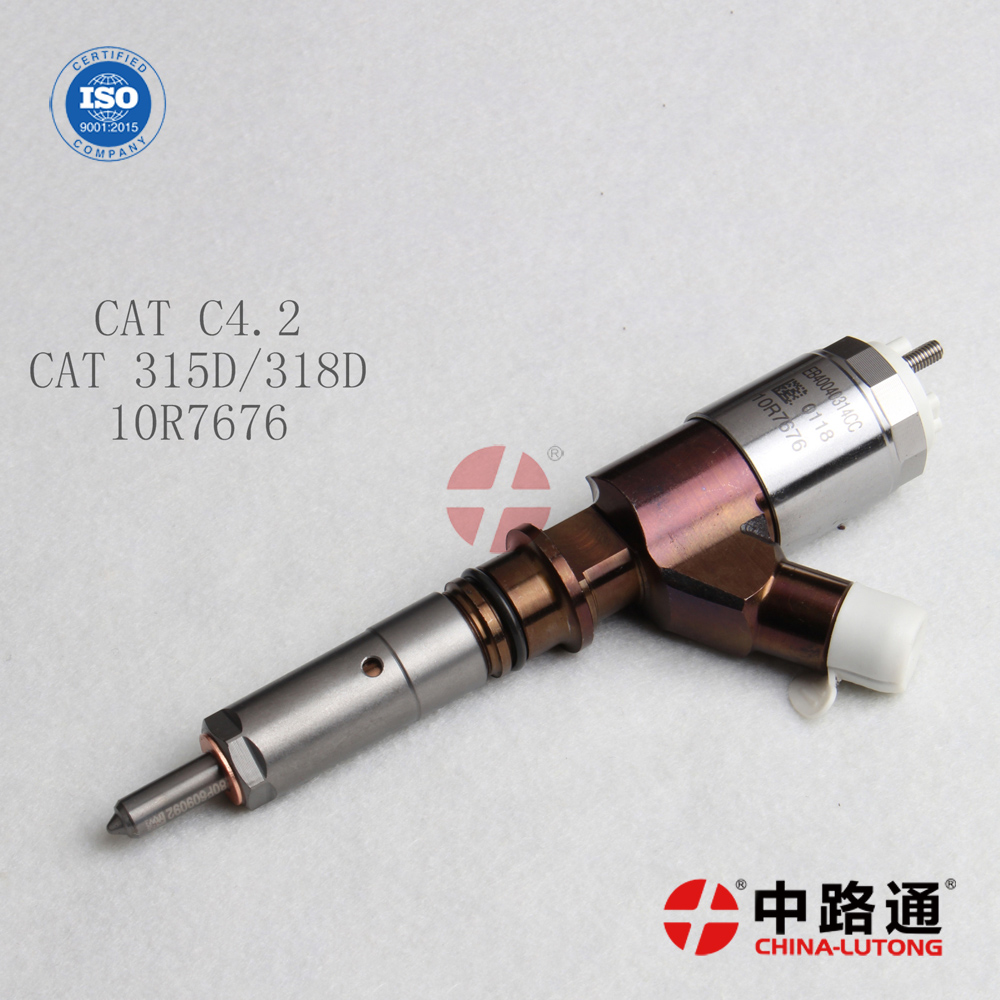Unit Injector
Common Rail Injector for 3126B Engine
T #Common Rail Injector for 3126B Engine#
Common Rail injectors make possible fine electronic control over the fuel injection time and quantity, and the higher pressure that the common rail technology makes available provides better fuel atomization. In order to lower engine noise, the engine's electronic control unit can inject a small amount of diesel just before the main injection event ("pilot" injection), thus reducing its explosiveness and vibration, as well as optimizing injection timing and quantity for variations in fuel quality, cold starting and so on.
The 3rd generation of Common Rail makes diesel engines even cleaner, more economic, more powerful and quieter.
The key is the innovative injection system: it works with rapid switch, compact piezo-inline injectors.
Some advanced common rail fuel systems perform as many as five injections per stroke.
The injector of the Common Rail System contains the injection nozzle, an actuator in the case of piezo injectors or a solenoid valve in the case of solenoid injectors plus the hydraulic and electrical connections to trigger the nozzle module. An injector connected to the rail via a short high-pressure line is installed in each engine cylinder.
The electrical, hydraulic servo system in the injector receives control impulses from the EDC (Electronic Diesel Control) to open and close the nozzle module. It is triggered either by a solenoid-valve or a piezo actuator. Injectors with a piezo actuator can have a slimmer design and achieve reduced switching noise. Both technologies achieve similarly short switching times and permit pilot, main and secondary injections. In this way, fuel combustion can be designed to be efficient and clean at all operating points.
T
Product search by…
Contact

Promise of Quality:

All processes are managed under the ISO 9001:2008 standard. When it comes to Remanufacturing, even ISO TS 16949 is applied. Quality under hand and seal.
T #Common Rail Injector for 3126B Engine#
10R7676

